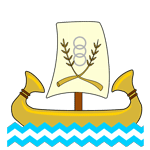- Home
- Fuwah
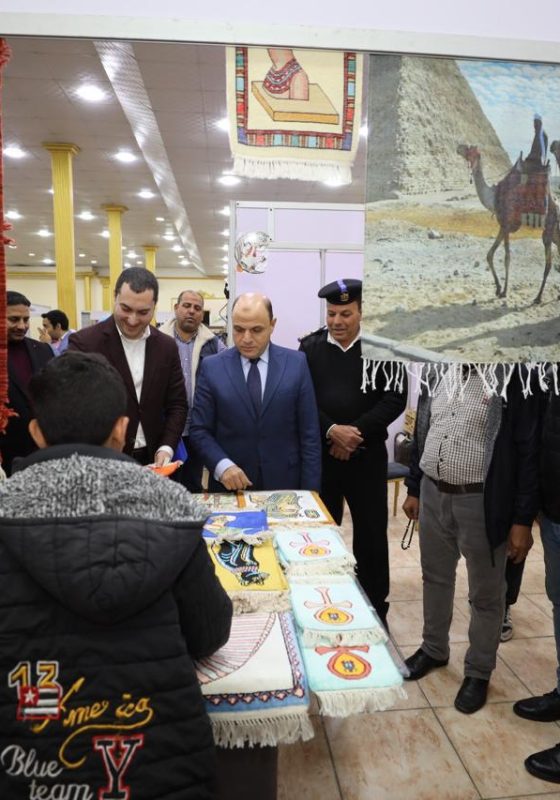
Fuwah, located in Kafr El-Sheikh Governorate, is a historic Egyptian city ranked 35th among ancient Islamic cities globally by UNESCO. It is the third city in Egypt in terms of Islamic monuments, with governance managed by executive and local councils. Geographical Location Fuwah enjoys a strategic location in the westernmost part of Kafr El-Sheikh Governorate. It is bordered by: North: Motobas Center South: Desouk Center East: Sidi Salem Center West: The Nile River (Rosetta Branch), opposite Mahmoudiyah in Beheira Governorate.The city’s moderate climate supports thriving trade and agriculture. Cultural Heritage Fuwah is rich in cultural heritage, housing numerous Islamic monuments and historical structures. It is often referred to as "The City of Mosques" due to its 365 mosques, domes, and shrines. Population The city has an estimated population of 50,000 residents, with 51% males and 49% females. Approximately 60% of the population are youth, reflecting a culturally diverse community with strong family traditions influencing daily life. Economic Activities Fuwah’s economy relies heavily on traditional crafts, particularly handmade kilim and gobelin weaving. The city hosts around 600 workshops, making it a hub for artisanal production. Its strategic location and rich Islamic heritage drive active commercial activities.
Fuwah is renowned for its traditional crafts, particularly kilim and gobelin weaving. At least one member of each household is skilled in weaving, with most homes owning a handloom. This craft has become deeply rooted in the city's cultural identity, thriving within a heritage-rich environment
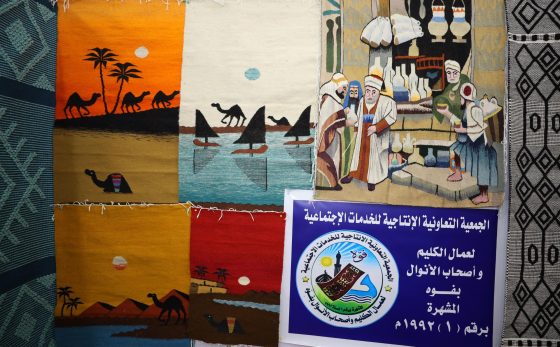
Fuwah flourished during the Islamic era due to several factors, including architecture (mosques, domes, zawiyas, and tekkes with historical significance) and trade (markets and workshops for crafts like handmade kilim and gobelin). The city’s history highlights its significant local and global commercial role. Minarets of its mosques served as lighthouses for ships carrying goods from Mediterranean countries. Commercial facilities like the Khataibah Quarter provided lodging for merchants and storage for goods, while various agencies displayed products. These factors fostered the settlement of handicrafts in Fuwah, making them an integral part of its community identity
The handmade kilim and gobelin weaving industry in Fuwah is a vital part of the city’s economy and culture. It strengthens cultural identity, creates job opportunities, and boosts local income, making its support essential for sustainable development and cultural preservation.As part of Egypt’s cultural heritage, this craft complements Fuwah’s rich Islamic architectural heritage, attracting tourists interested in experiencing local culture. The craft also ensures the transfer of skills across generations, enhancing technical expertise and increasing local productivity. Currently, the city hosts approximately 600 workshops employing around 850 artisans.This traditional craft encourages innovation, as artisans integrate modern techniques with traditional designs. Training and educational opportunities further improve product quality and competitiveness. Collaboration among artists and artisans fosters new cultural projects that reflect Egyptian identity.Additionally, kilim and gobelin products have significant export potential, contributing to national income while promoting Fuwah’s craftsmanship globally.
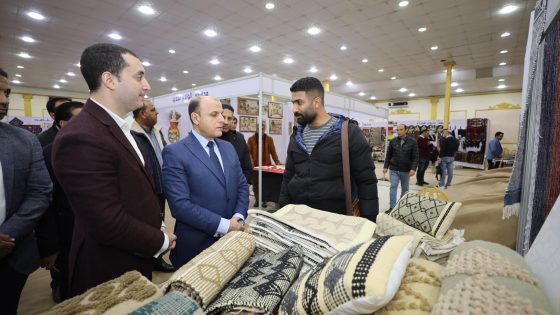
Fuwah Masjed
The city of Fuwah in Kafr El-Sheikh Governorate is home to numerous historical mosques and archaeological sites. The city boasts 365 ancient mosques and holds one-third of Egypt's Islamic monuments. Major General Alaa Abdel Maati, the Governor of Kafr El-Sheikh, has directed efforts to preserve and maintain these significant historical sites.
Here are 27 facts about some of the historical mosques and archaeological sites, including their locations and dates of establishment.
1- Al-Nemeri Mosque, overlooking the Nile River in Fuwah, was built in 1156 AH.
2- Sheikh Shaaban Mosque, overlooking the Nile River, was built in 1180 AH.
3- Al-Omari Mosque, located in Souq Al-Jumaa Square, was built in 1271 AH.
4- Hassan Nasrallah Mosque, located on the Nile River bank, was built between 1115 AH and 1119 AH.
5- Al-Qanai Mosque, located near the Nile bank, was built in the 12th century AH.
6- Abu Al-Makarem Mosque, located in Abu Al-Makarem Square, was built in the 12th century AH.
7- Al-Saeedi Mosque, located in the Alawi area, was built in 1136 AH.
8- Da’i Al-Dar Mosque, located on Abdel Moneim Riyad Street, was built in 1149 AH and renovated in 1280 AH.
9- Al-Koraniya Mosque, located on Al-Koraniya Street, was built in 1139 AH.
10- Al-Sadat Al-Sab’a Mosque, located in front of the religious institute, was built in 1144 AH.
11- Abu Eisa Mosque, located in the center of Fuwah, was built in 1176 AH.
12- Abu Sha’ra Mosque, located in Al-Mashmash Square, was built in 1282 AH.
13- Sidi Mousa Mosque, located on Al-Bahr Street, was built in 1200 AH.
14- Al-Faqa’i Mosque, located in the center of Fuwah, was built in 1198 AH.
15- Ruba’ Al-Khatayba, located in Abu Al-Makarem Square, was built in the 13th century AH.
16- The façade of Hussein Major Agency, located next to Ruba’ Al-Khatayba, was built in 1265 AH.
17- Al-Khalwatiya Tekke, located in Souq Al-Jumaa Square, was built in 1100 AH.
18- The two gates of the Tarboosh Factory, located on the Nile bank, were built in 1240 AH.
19- The gate of the Linen Factory, located on the Nile bank, was built in the 13th century AH.
20- The Dome and Shrine of Abu Al-Naja, located on the Nile banks, were built in 1181 AH.
21- Jazar Dome in Al-Jabbana, located in Fuwah Cemetery, was built in the 12th century AH.
22- Al-Sutouhi Dome (Jazar Al-Madina), located on Al-Zuhouri Street, was built in the 12th century AH.
23- Al-Gharbawi Dome, located on Al-Gharbawi Street, was built in 1283 AH.
24- Abdel Wahab Dome, located in the city of Metoubes, was built in 1178 AH.
25- The minaret of Sidi Abdel Wahab Mosque, located in the city of Metoubes, was built in the 12th century AH.
26- Al-Murshidi Dome, located in the village of Minyat Al-Murshid, was built in the 12th century AH.
27- The Cotton Ginning Factory, located on the Nile River, was built in the 13th century AH.

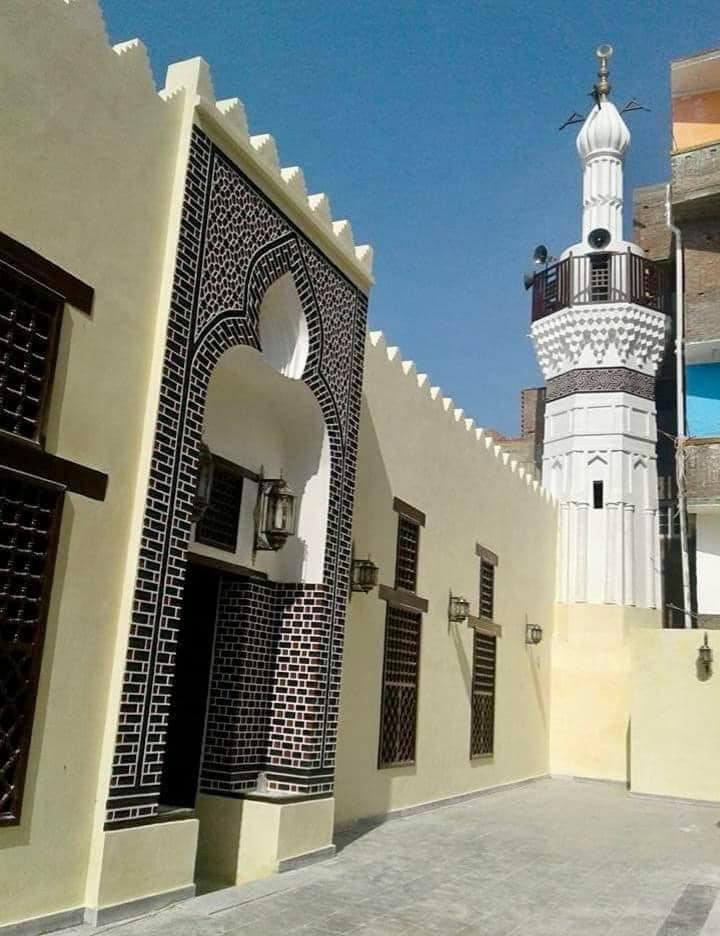
Our Products
Fuwah News

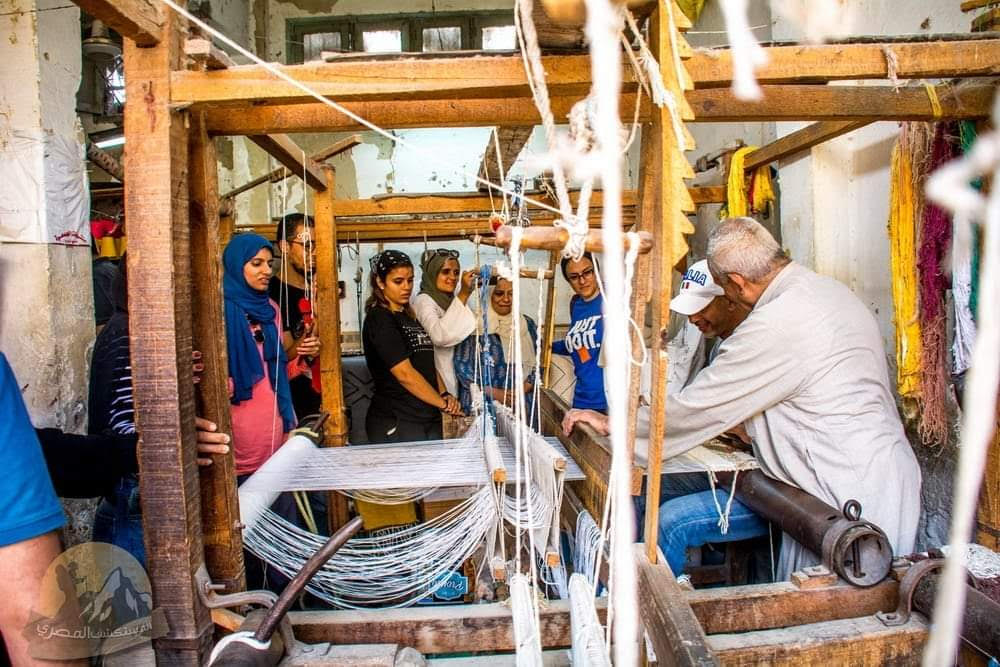
A delegation from the Egyptian Explorer Group visited the Islamic monuments in Fuwah, Kafr El-Sheikh Governorate, to explore the city's most important tourist attractions.
A delegation of students from the Faculty of Arts at the British University in Cairo visited Fuwah to explore its historical monuments.
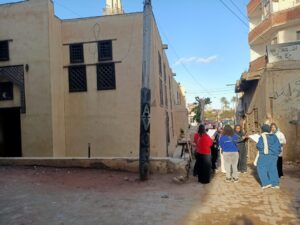
منصة تقدم لكم الخدمات الحكومية الرقمية بشكل ميّسر وشخصي وحديث.
الموقع الخاص بنشر الوظائف الحكومية المعلنة.
خدمات إلكترونية فى مجال العمليات الشرائية الحكومية.
بوابة خدمات وزارة التضامن الاجتماعي.
بوابة تقدم الخدمات الحكومية الخاصة بالأحياء والمدن والدواوين.
البوابة الخاصة بخدمات مصلحة الشهر العقاري.
الموقع الرسمي لخدمات السكك الحديدية.
جميع الحقوق محفوظة © محافظة كفر الشيخ.
